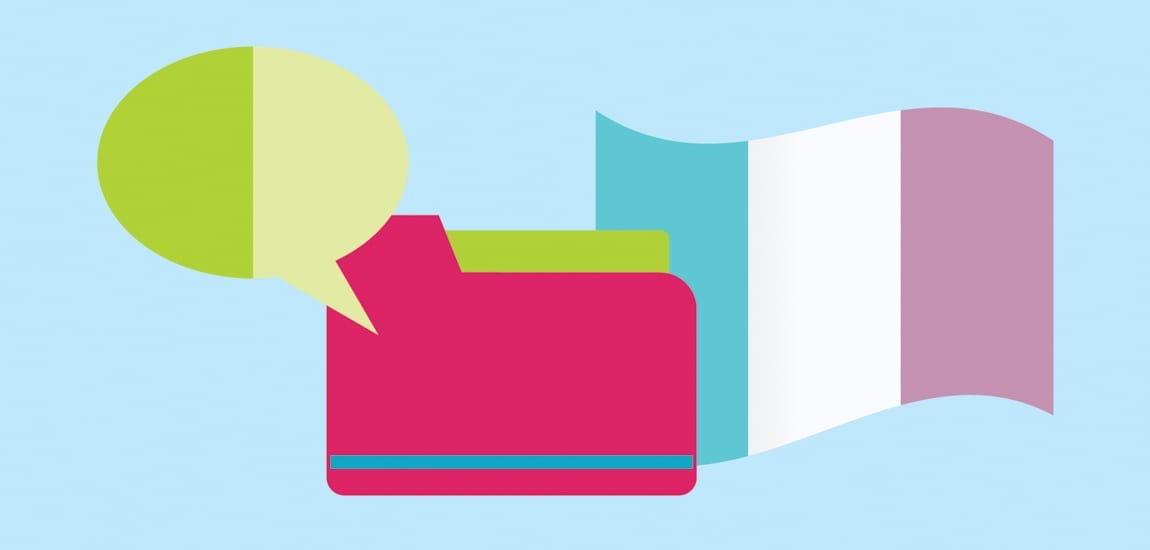
Italian Language Translation The Dos and the Don’ts
Italian Language Translation The Dos and the Don’ts
When human came together to live, they formed cultures. Cultures include things that are a part of that group’s lives. Overtime, a culture evolves and a lot of things become parts of it. Different people have different cultures and they are all proud of their origins. The distinctive features of each community become a part of their identity and help them recognize each other when they are away from their homeland. Language is another thing that holds a unique value in people’s lives. No matter where you go and how many languages you learn, your native tongue will always be the most special to you. And if you spot someone from your country in a foreign land, you wouldn’t waste a second to switch to your native tongue to talk to them.
The differences between cultures mean that a thing which is considered rude in one part of the world may be considered polite or the right thing to do in another part of our planet. Languages are the same. Some words of a tongue may sound harsh to outsiders when they might sound normal to the native speakers. These features of languages make them hard to comprehend for outsiders. When people learn a new tongue, they have to get to know the culture associated with that language too, or they would not be able to grasp a thorough understanding of it.
Translation is a miraculous thing if you really think about it. It has revolutionized the way we communicate with each other. No one can say something in their native tongue online and expect the other person to not get it. Even if you don’t want to Google something, social media sites now offer translate feature on posts that can tell you the meaning of something straightaway. Sure, the translation of machines may not always be accurate but when you only need to get the basic idea of something, it is enough.

Italian Language Translation:
Did you know that Italian has way too many dialects to count? Well, now you do! But it wasn’t always like that. In the past, it was spoken everywhere in the Europe due to being the closest relative of Latin. Once it started changing and evolving into modern Italian, it got divided into numerous dialects. But even now, one type of Italian, known as the Neapolitan Italian is a popular form of the tongue with over five million speakers. On the internet where most of us live nowadays, it is the in the top ten most popular languages.

When it comes to the translation of Italian, things start to get confusing due to its many versions. One of the most popular pairing in the world of translation is English to Italian because business owners from English speaking countries often translate their websites and advertising content into popular tongues to expand their market. If a company releases an Italian version of its website, it will attract a huge number of potential customers. But when you have to translate from or into Italian, there are a few rules that you have to follow, or you will mess up badly.
The Dos and Don’ts:
Every language’s translation is complex is you really think about it because behind it is the force of its associated culture and without a deep understanding of that culture, you won’t get anywhere. But since Italian has evolved into numerous dialects, the complications with translation have increased too. If you are doing Italian language translation, then you must keep the following rules in mind:
- Develop a deep understanding of the culture. If you are a native speaker of Italian, then you must have grown up speaking it. But often times, people don’t know their culture as well as they like to think. Read extensively about your language and all things associated with it before you can try your hand on translating it.
- Don’t assume that the document someone sent is written in a particular dialect when you are not sure. Ask the client to confirm. And if you don’t know the dialect, it is better to inform the client instead of trying your hand at translating it and failing.
- Keep yourself up to date about latest slangs. Your busy schedule may not allow you to spend time on social media and as a result may keep you from learning new terms that are in. But since the world is run by the youngsters and they love their slangs, it is better to be aware of them. You can visit websites where the young people hand out and keep yourself informed about latest trends in the language.
- Don’t bring the longevity of Italian sentences into English. The sentences are often long in Italian, some may say a bit too long. But that’s because the Italians prefer their sentences to be long. They have big words and use multiple words to interpret a single English word. But in English, sentences are shorter. Translation should also convert the long sentences of Italian into short English sentences.
- Do remember that some English words don’t have equivalents in Italian. And if you come across one, you don’t have to come up with a word but translate it exactly how it should be in Italian.
The complex and beautiful language of Italy can be translated accurately if the translator is experienced enough and don’t ignore any rules.

